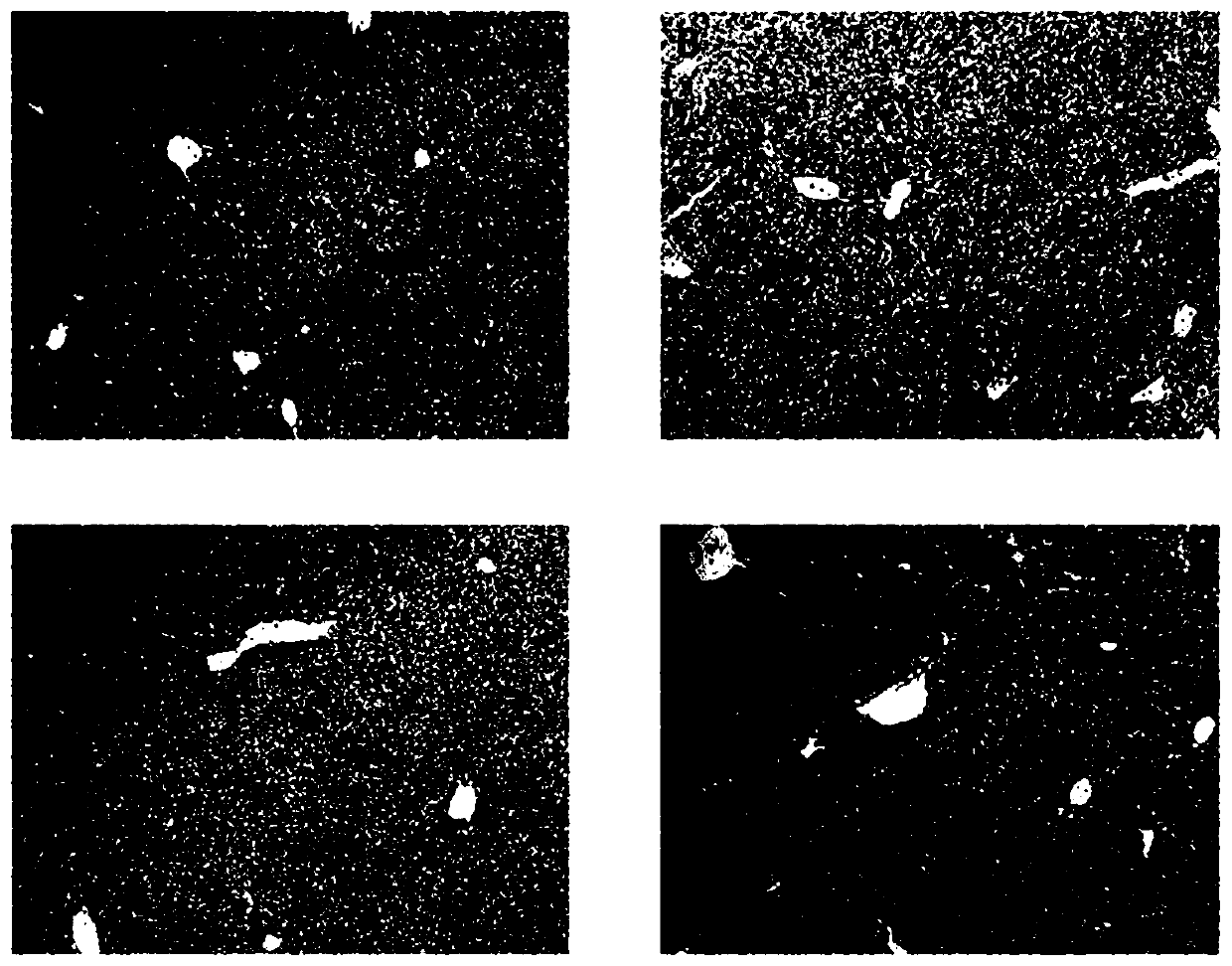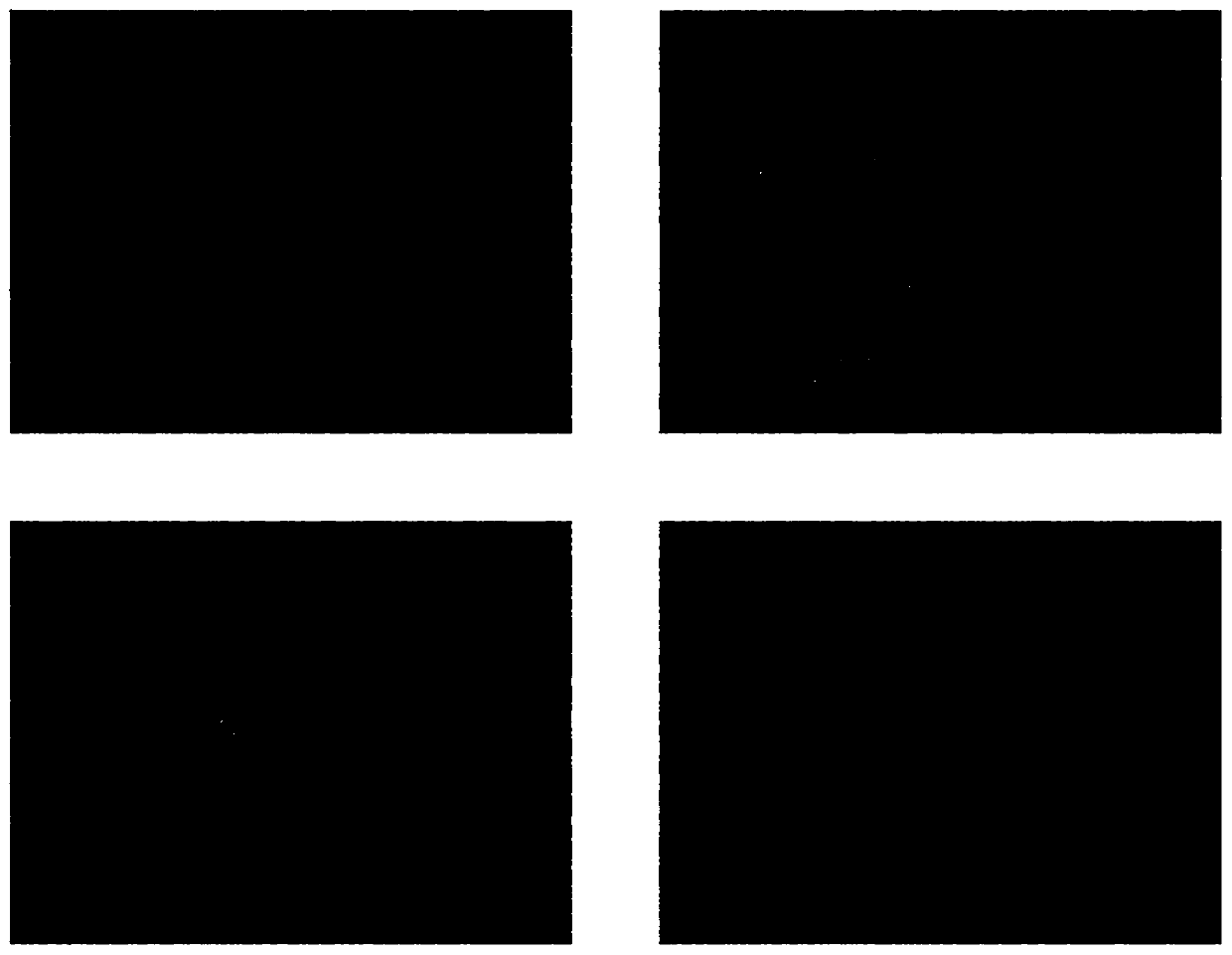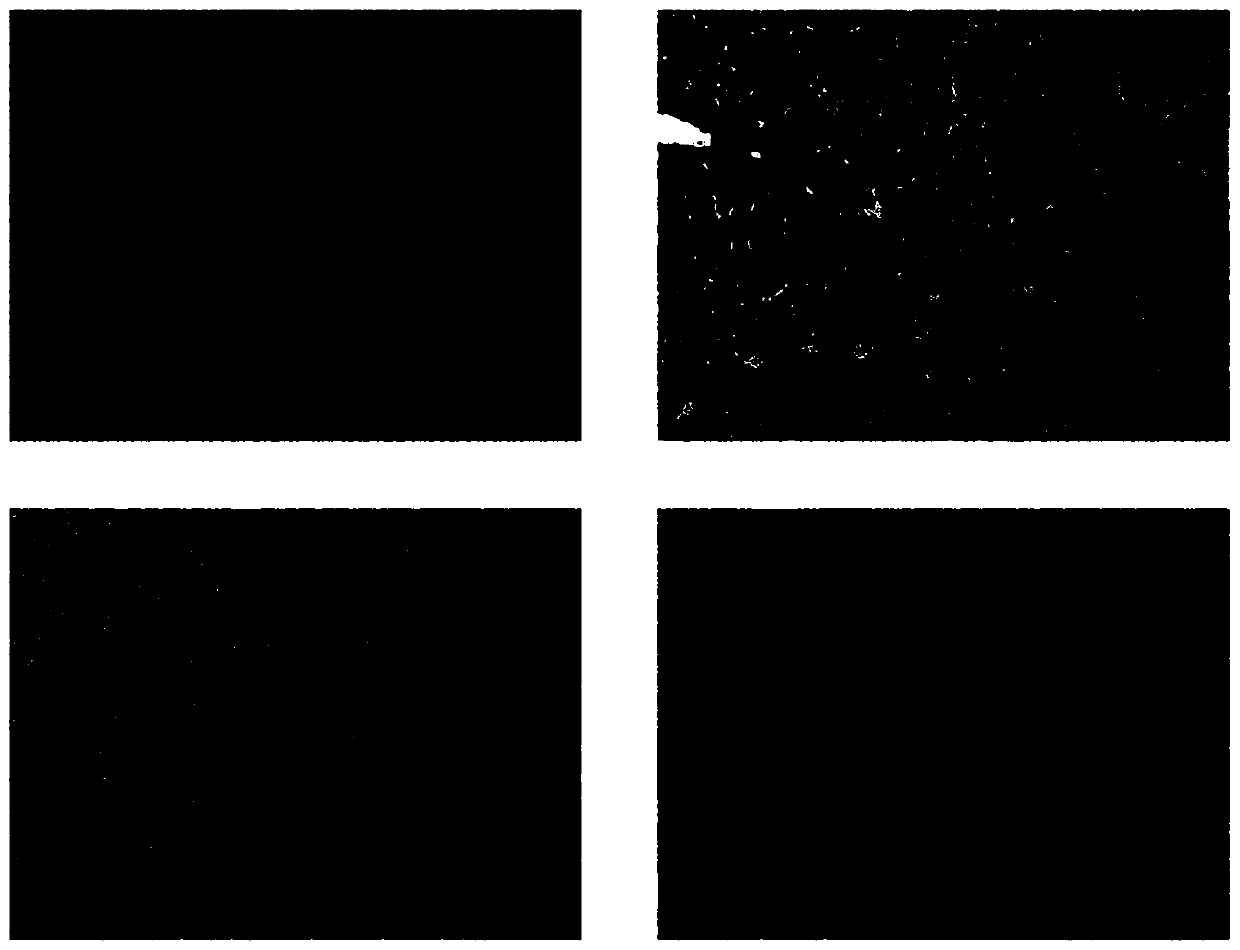Preparation containing camellia oleifera extract and application of preparation
An extract and preparation technology, which is applied in the application field of Camellia oleifera extract to achieve the effect of improving liver fibrosis
- Summary
- Abstract
- Description
- Claims
- Application Information
AI Technical Summary
Problems solved by technology
Method used
Image
Examples
Embodiment 1
[0029] Example 1: Animal experiment scheme and its influence on mouse organ index
[0030] C57BL / 6J mice were obtained from The Jackson Laboratory (JAX, ME, USA). 24 mice were randomly divided into 4 groups.
[0031] Group 1 (normal control group) was treated with olive oil (2 ml / kg, intraperitoneal injection) twice a week (on the first and fourth days of each week) for a total of 6 weeks.
[0032] Group 2 (hepatic fibrosis control group, CCl 4 group) CCl was given by intraperitoneal injection twice a week 4 (olive oil solvent, content is 50%, injection volume 2mL / kg), totally 6 weeks.
[0033] Group 3 (CCl 4 + camellia oil group): first receive CCl in the same way as the second group 4 Two weeks to establish liver damage and fibrosis, and then from week 3 to week 6, daily treatment with camellia oil (2ml / kg, injected into the stomach) while still giving CCl 4 .
[0034] Group 4 (Camellia oleifera oil group): From the first week to the sixth week, they were treated with...
Embodiment 2
[0041] Example 2: Histopathological examination of liver tissue changes
[0042] The liver tissue sample taken out in Example 1 was fixed in 10% paraformaldehyde solution, then embedded in paraffin, and sectioned at 4 μm. Sections were stained with hematoxylin and eosin (H&E) to observe pathological changes. Masson staining and Sirius-Red staining were used to assess changes in fibrosis. Liver fibrosis was observed under a microscope by pathologists. see results Figure 1 ~ Figure 3 . After comparison, the second group (fibrosis control group) showed obvious fatty degeneration, liver cell arrangement disorder, liver cell swelling, necrosis, and inflammatory cell infiltration (see figure 1 -B), fibrous hyperplasia in the portal area, accompanied by obvious fiber bridging, including between the portal canal and between the portal canal and the central vein (see figure 2 -B, image 3 -B). Compared with group 2, group 3 showed significantly less liver damage (see figure 1...
Embodiment 3
[0049] Embodiment three: biochemical analysis
[0050] According to the scheme of Example 1, after the last CCl in mice 4 After intraperitoneal injection, serum samples were collected for the measurement of liver function markers alanine aminotransferase (ALT) and aspartate aminotransferase (AST). Serum laminin, collagen type IV was detected using immunoassay kits to assess liver fibrosis. To assess oxidative stress, the liver homogenate was measured for the levels of SOD (superoxide dismutase), MDA (malondialdehyde, malondialdehyde), GSH (glutathione, glutathione). The detections are all carried out by methods commonly used in the art.
[0051] The results show:
[0052] 1. Camellia oil improves CCl 4 Liver function in mice with induced hepatic fibrosis.
[0053] Test results from aspartate aminotransferase and alanine aminotransferase levels (see Figure 4 -A, B) It can be seen that compared with the normal control group, the enzymatic indexes of the fibrosis control g...
PUM
 Login to View More
Login to View More Abstract
Description
Claims
Application Information
 Login to View More
Login to View More - R&D
- Intellectual Property
- Life Sciences
- Materials
- Tech Scout
- Unparalleled Data Quality
- Higher Quality Content
- 60% Fewer Hallucinations
Browse by: Latest US Patents, China's latest patents, Technical Efficacy Thesaurus, Application Domain, Technology Topic, Popular Technical Reports.
© 2025 PatSnap. All rights reserved.Legal|Privacy policy|Modern Slavery Act Transparency Statement|Sitemap|About US| Contact US: help@patsnap.com



